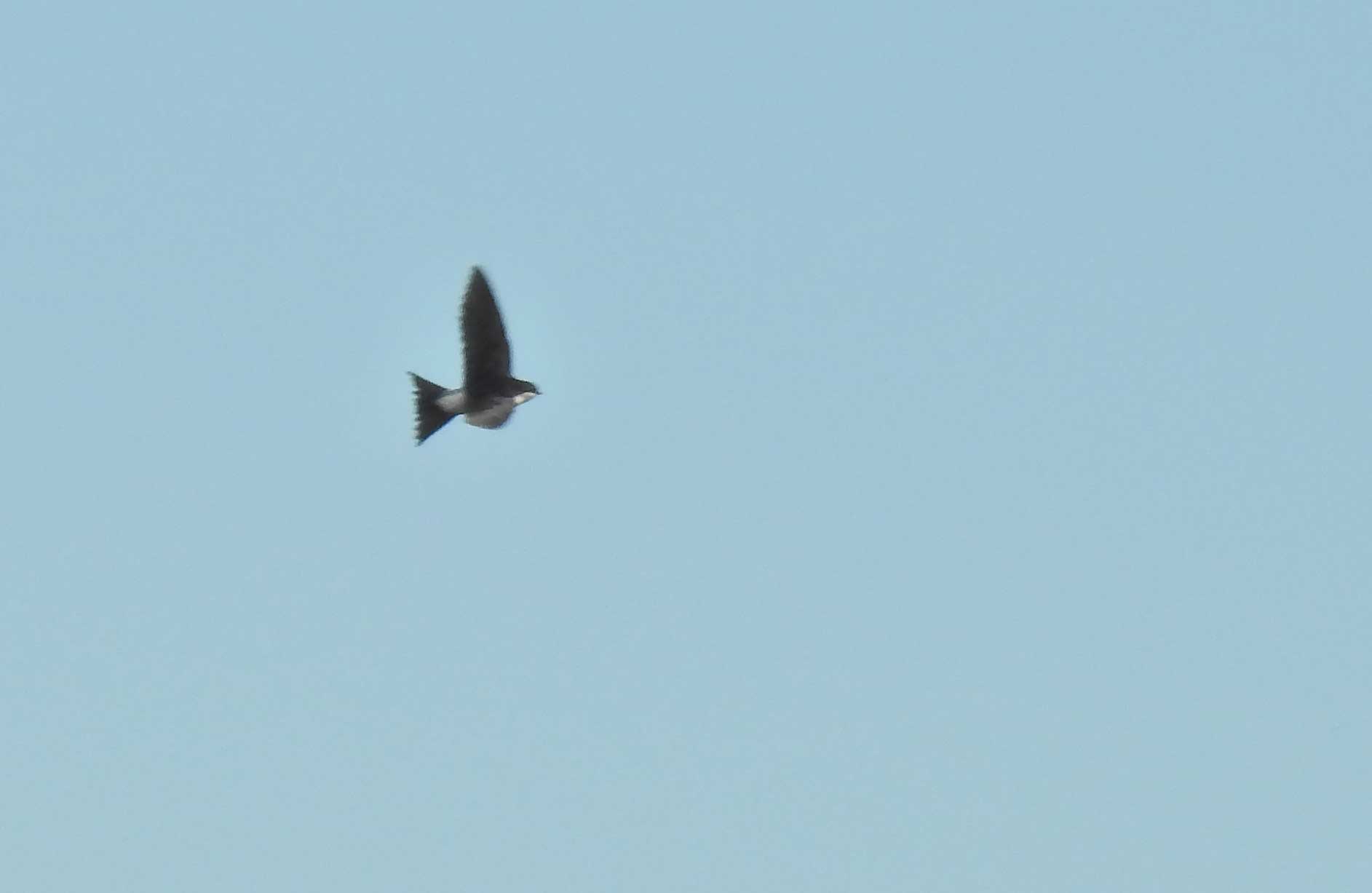Wintering species and first signs of spring during a morning of birdwatching a few kilometers from the capital.
On the occasion of the low temperatures that affect our peninsula these days, on Monday 15 February we decide to inspect some sites of the Roman coast, with the hope of making some interesting sightings.
We are therefore ready to explore the Torre Flavia marshes, a weland area characterized by a well-preserved dune belt that borders coastal ponds and extensive reed beds. These environments are of fundamental importance for the birdlife during the different seasons and for other biocoenoses that lives here.
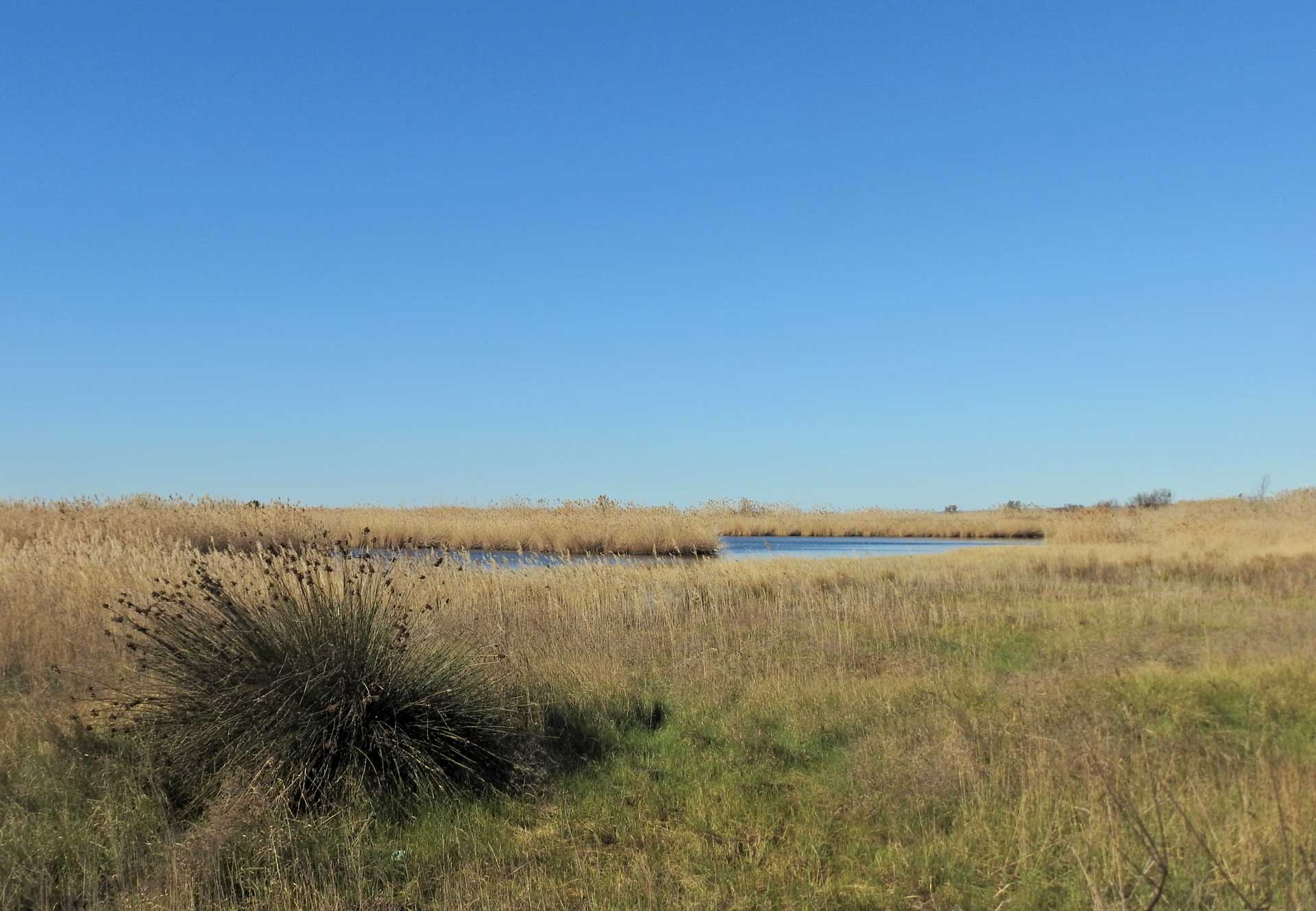
Although there are a few degrees above zero, we are greeted by many singing Passerines, almost hoping for the near arrival of spring. Among the aquatic birds that occupy the ponds, we observe dozens of Northern Shoveler (Spatula clypeata) and Eurasian Teals (Anas crecca), accompanied by Mallards, Eurasian Coots and Little Grebes.

In search of some waders, we head towards the coast line. In fact, the area, in addition to being a nesting site for the Little Ringed Plover (Charadrius dubius) and the Kentish Plover (Charadrius alexandrinus), also in winter hosts several species of resident and wintering waders. Unfortunately, however, we are unable to contact any species, probably due to the presence of some people with their dogs along the shoreline.
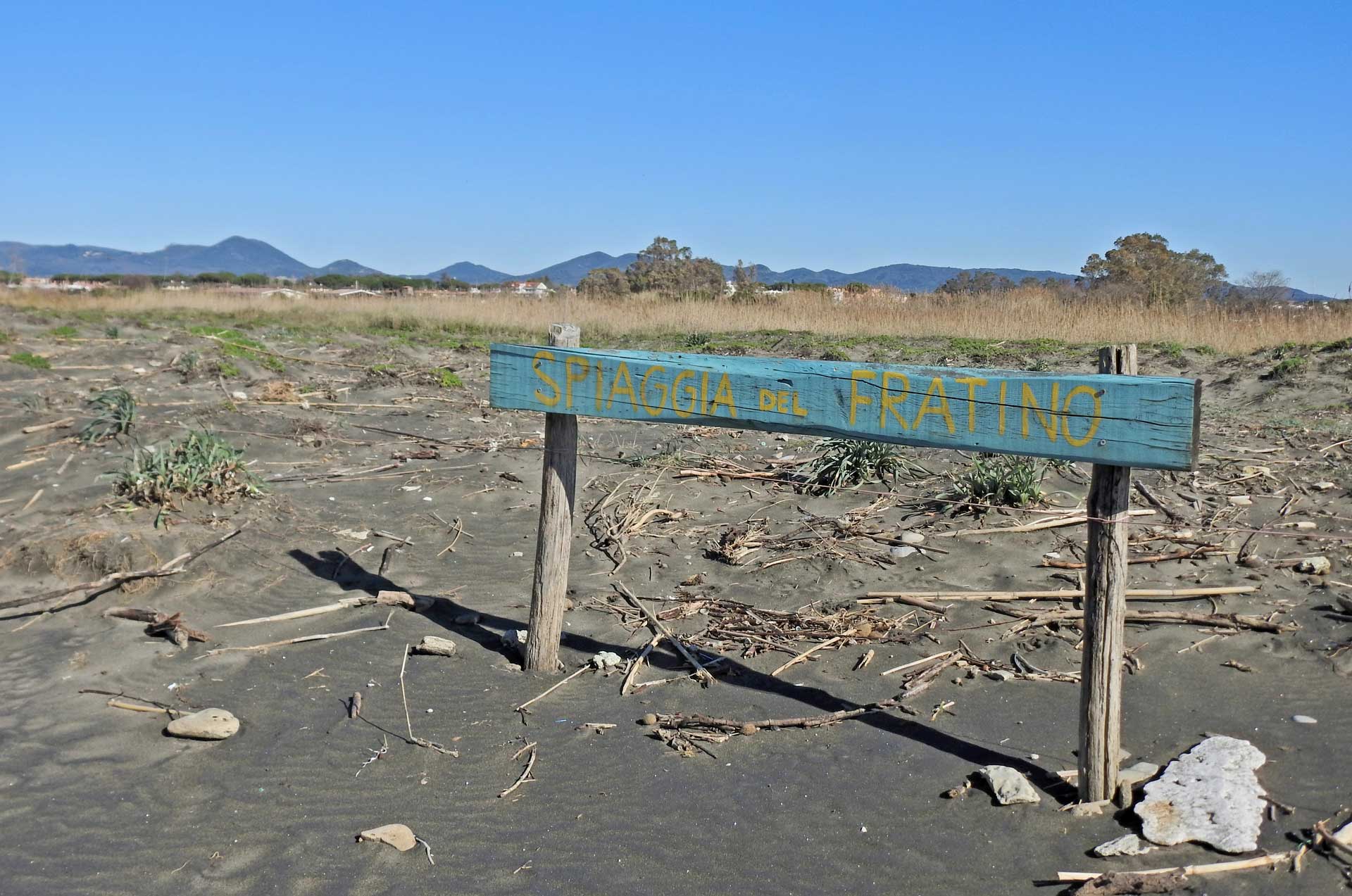
So we decide to try a short seawatching session, that gives us many Yellow-legged and Black-headed Gulls, Cormorants, two Mallards headed to the continent and a young Northern Gannet (Morus bassanus), flying south!
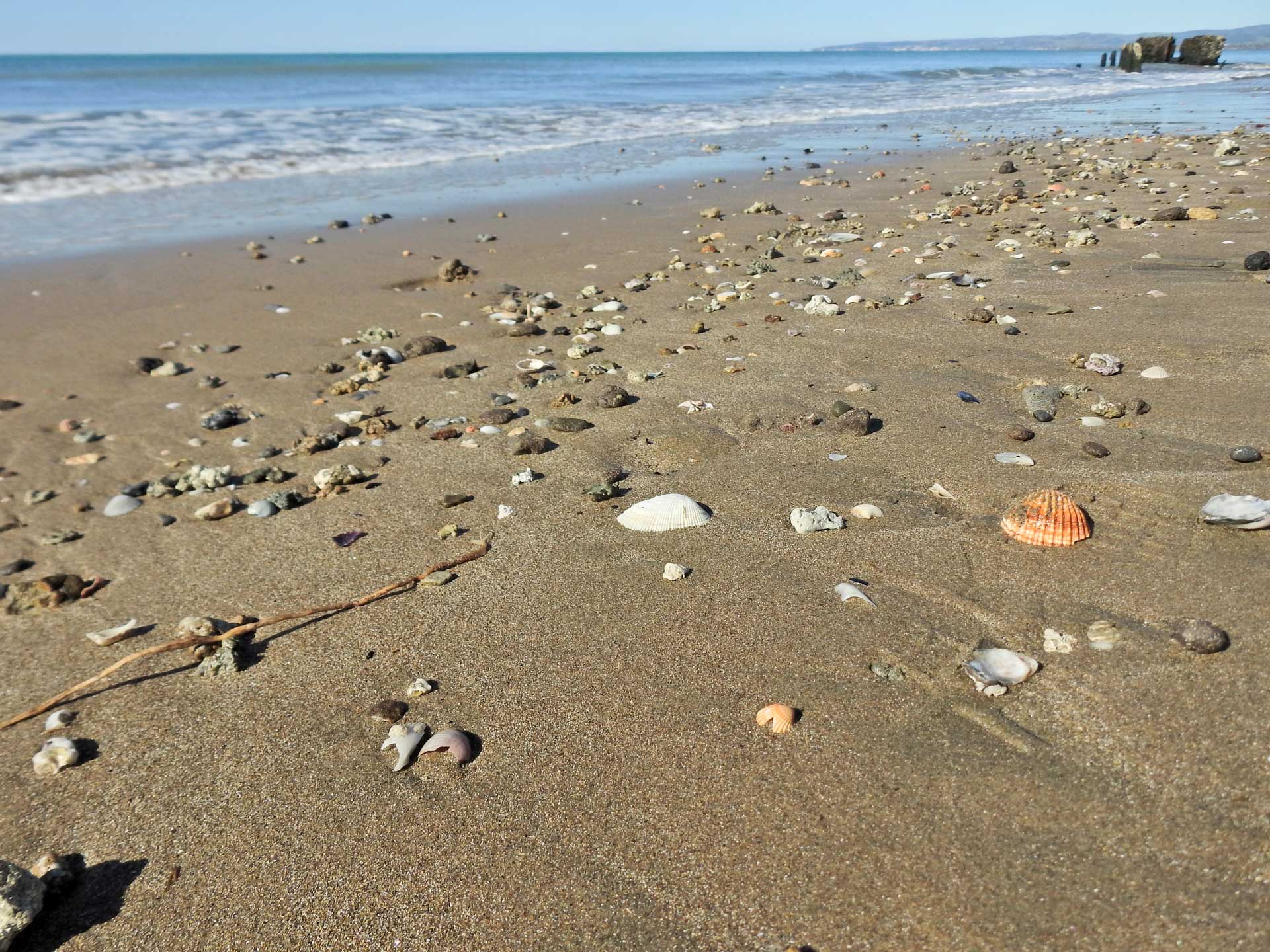
As we approach the reeds, the dune vegetation appears full of Crested Larks, Common Chiffchaffs, European Robins and Black Redstarts. It is precisely between the ponds and the reed bed that, with some astonishment, we observe at least 5 Common House Martins (Delichon urbicum)!
Despite the frosty temperatures, these long-range migratory birds are already starting to return from African wintering sites and, thankfully, the sunny day allows them to find a good number of flies and other Insects.

On the golden expanse of reeds, a Western Marsh Harrier (Circus aeruginosus) patrols the area in search of prey, while a Great Egret (Ardea alba) flies a few meters from us. It is a marked individual, which unfortunately we do not have time to decipher the code on its ring.
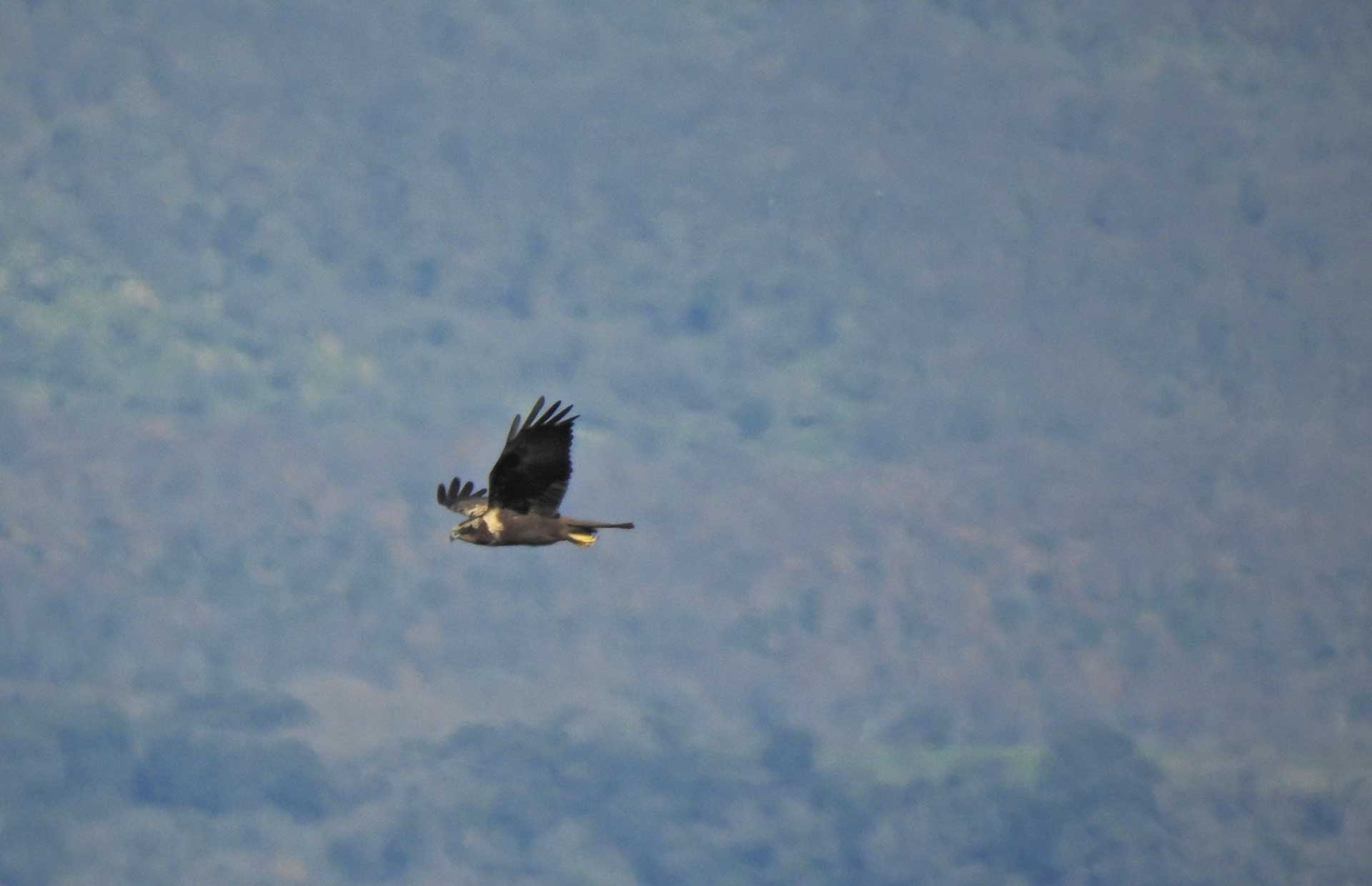
Returning to the car, the Torre Flavia marshes greet us with a flock of Common Reed Bunting (Emberiza schoeniclus) and a couple of Red-crested Pochards (Netta rufina).
Before turning back to Rome, we make a fast stop near Fiumicino. On the road we spot two Red Kites (Milvus milvus).

Once near the pond located south of the capital, in a rather man-made context, we observe about 25 Common Pochards (Aythya ferina) and a beautiful Ferruginous Duck (Aythya nyroca).
The Lazio region offers many excellent locations for birdwatching and, even a few steps from Rome, it is possible to contact a large number of species throughout the year.
We can’t wait to witness the phenomenon of spring migration in all its splendor and, hopefully soon, to resume with our birdwatching tours between Rome and its surroundings and the events to discover the biodiversity that surrounds us!
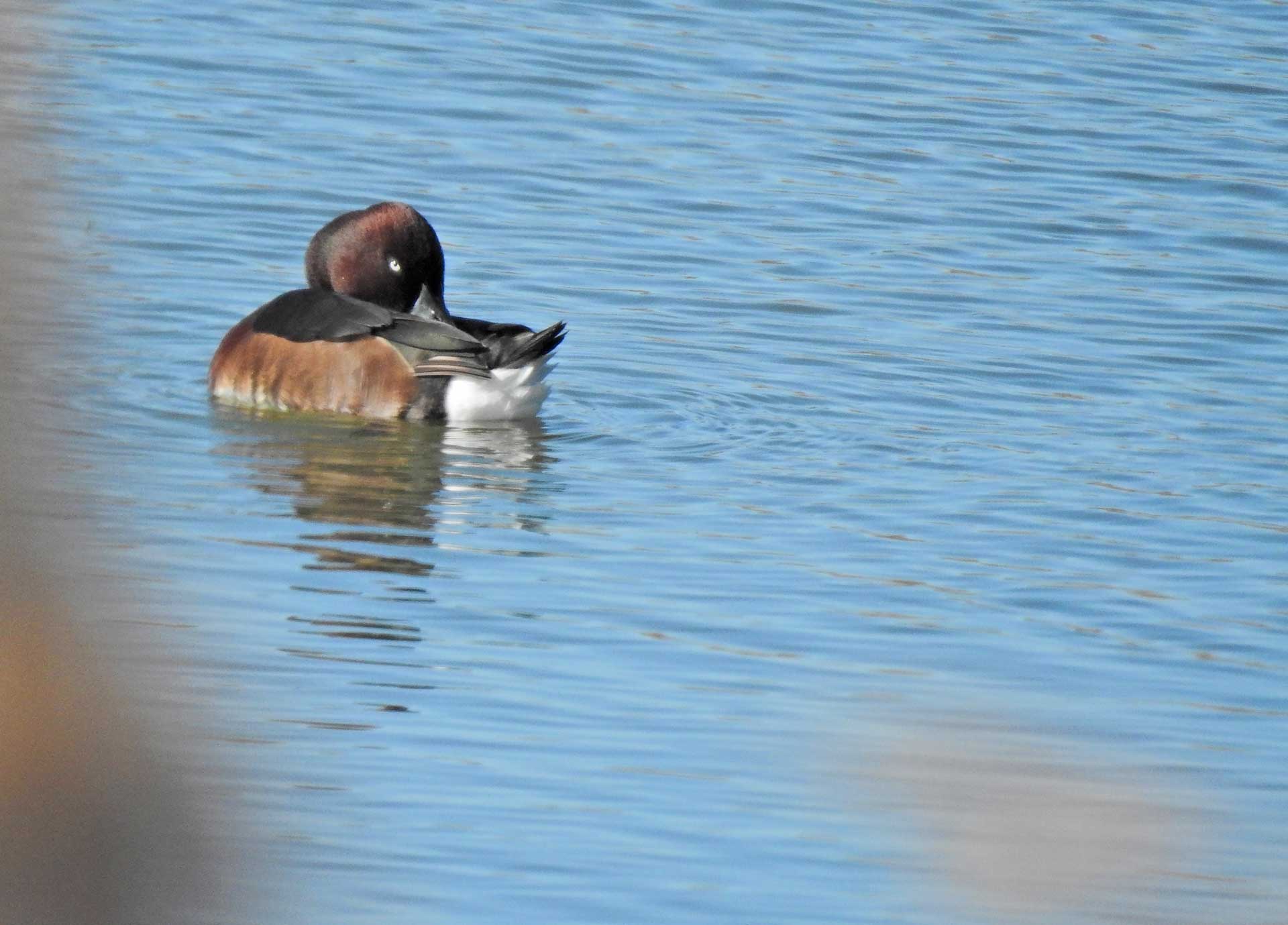
CHECKLIST
- Mallard (Anas platyrhynchos)
- Eurasian Teal (Anas crecca)
- Northern Shoveler (Spatula clypeata)
- Red-crested Pochard (Netta rufina)
- Common Pochard (Aythya ferina)
- Ferruginous Duck (Aythya nyroca)
- Little Grebe (Tachybaptus ruficollis)
- Northern Gannet (Morus bassanus)
- Great Cormorant (Phalacrocorax carbo)
- Cattle Egret (Bubulcus ibis)
- Little Egret (Egretta garzetta)
- Grey Heron (Ardea cinerea)
- Great Egret (Ardea alba)
- Common Buzzard (Buteo buteo)
- Red Kite (Milvus milvus)
- Western Marsh Harrier (Circus aeruginosus)
- Common Kestrel (Falco tinnunculus)
- Common Moorhen (Gallinula chloropus)
- Eurasian Coot (Fulica atra)
- Black-headed Gull (Chroicocephalus ridibundus)
- Yellow-legged Gull (Larus michahellis)
- Feral Pigeon (Columba livia var. domestica)
- Collared Dove (Streptopelia decaocto)
- Rose-ringed Parakeet (Psittacula krameri)
- Crested Lark (Galerida cristata)
- Common House Martin (Delichon urbicum)
- White Wagtail (Motacilla alba)
- European Robin (Erithacus rubecula)
- Black Redstart (Phoenicurus ochruros)
- Common Stonechat (Saxicola torquata)
- Common Blackbird (Turdus merula)
- Sardinian Warbler (Sylvia melanocephala)
- Cetti’s Warbler (Cettia cetti)
- Zitting Cisticola (Cisticola juncidis)
- Common Chiffchaff (Phylloscopus collybita)
- Great Tit (Parus major)
- Eurasian Blue Tit (Cyanistes caeruleus)
- Eurasian Magpie (Pica pica)
- Hooded Crow (Corvus cornix)
- Common Starling (Sturnus vulgaris)
- Italian Sparrow (Passer italiae)
- European Serin (Serinus serinus)
- Common Reed Bunting (Emberiza schoeniclus)
